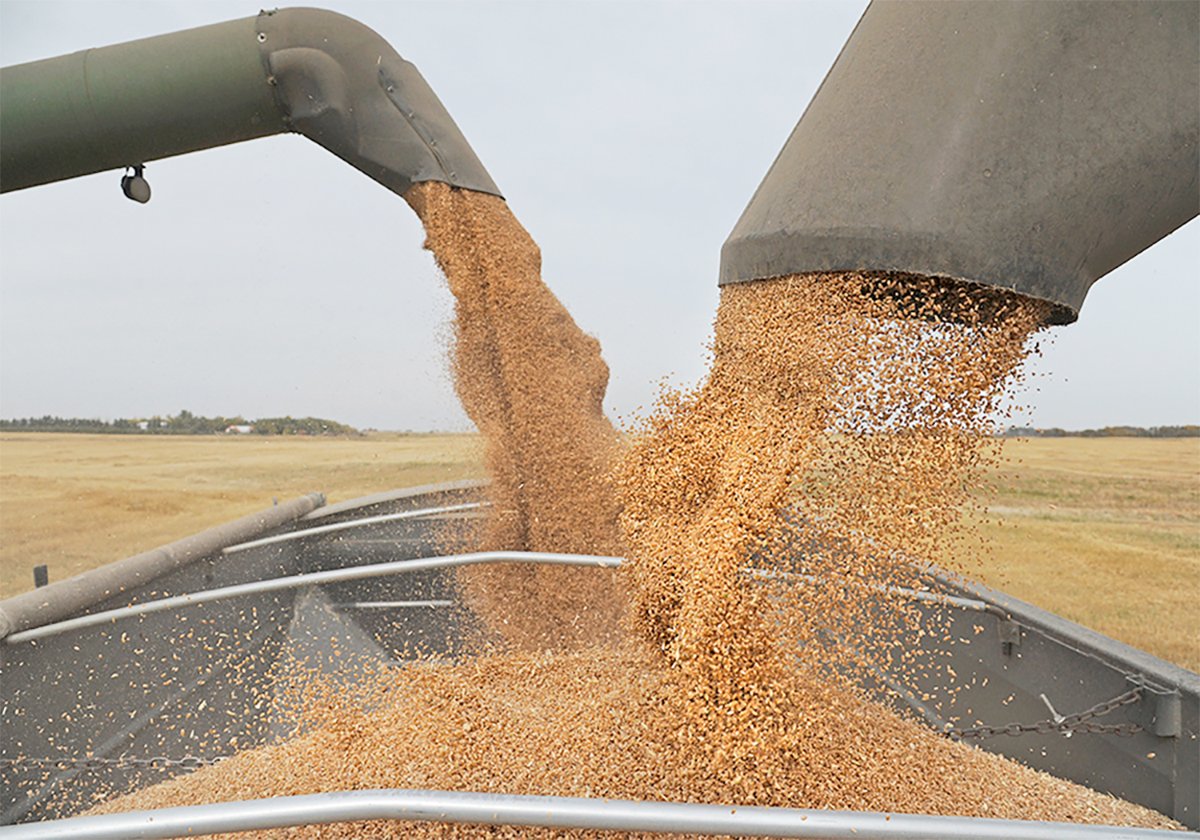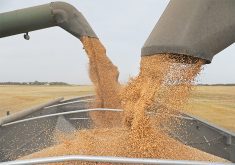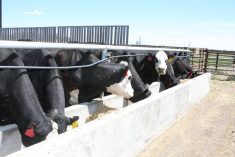We make no apology for talking about the weather. After all, it’s the favourite topic of conversation for farmers and other prairie dwellers.
And there’s been quite a bit to talk about in the first month of 2005: wind chills of Ð40 C and worse, freezing rain, heavy snow, impassable roads and all the worst that a prairie winter can dish out.
City folk seem keen on complaining about the weather, but farmers and ranchers are the ones who really live it. The chores have to be done regardless of conditions, and winter extremes add to the burden of man, woman and beast.
Read Also

Agriculture productivity can be increased with little or no cost
There’s a way to enhance agricultural productivity with little or no cost. It doesn’t even require a bunch of legislative changes.
The only way to deal with it is to employ prairie stoicism, grin and bear it, and perhaps put the situation into some context.
While seeking just this sort of solace, I consulted a recently received review copy of Disasters of Western Canada: Courage Amidst the Chaos, by Tony Hollihan.
As wind chills hovered around Ð36 outside, I took a small measure of comfort in the fact that the book lists only 12 natural disasters, compared to 16 man-made or accidental disasters. Maybe Mother Nature isn’t as nasty as she sometimes seems.
Furthermore, among the natural disasters listed by Hollihan, only two involve snow and winter weather: the Rogers Pass Avalanche of March 4, 1910, and the Chilkoot Pass Avalanche of April 3, 1898.
In the former, 62 men were killed near Revelstoke, B.C., on the aptly named Avalanche Mountain. They had been clearing the Canadian Pacific Railway tracks from an avalanche when a second avalanche overcame them.
At Chilkoot Pass in Yukon Territory, gold miners sought the shortest route to the Klondike. Sixty-three were buried by an avalanche during their rush to stake a claim in the north, Hollihan writes.
I personally measure any major snowfall in the context of the great southern Alberta snowstorms of 1967. Environment Canada lists it among the top weather stories of 1961 to 1980.
Records show that 175 centimetres of snow Ñ that’s about 5.75 feet Ñ fell in a series of storms over a 12-day period.
In 1967 I was about three feet tall, so snow that far over my head was memorable indeed. Just as memorable was the sight of Canadian army helicopters flying over the ranch on multiple trips to carry hay to cattle stranded on the open range.
Despite those efforts, thousands of animals died during and after the storms. Food and fuel were also airlifted in, and no human loss of life is on the record books.
Winter 2005 isn’t done with us yet, so when the next storm hits, grab a good book and a dash of perspective and settle in.















